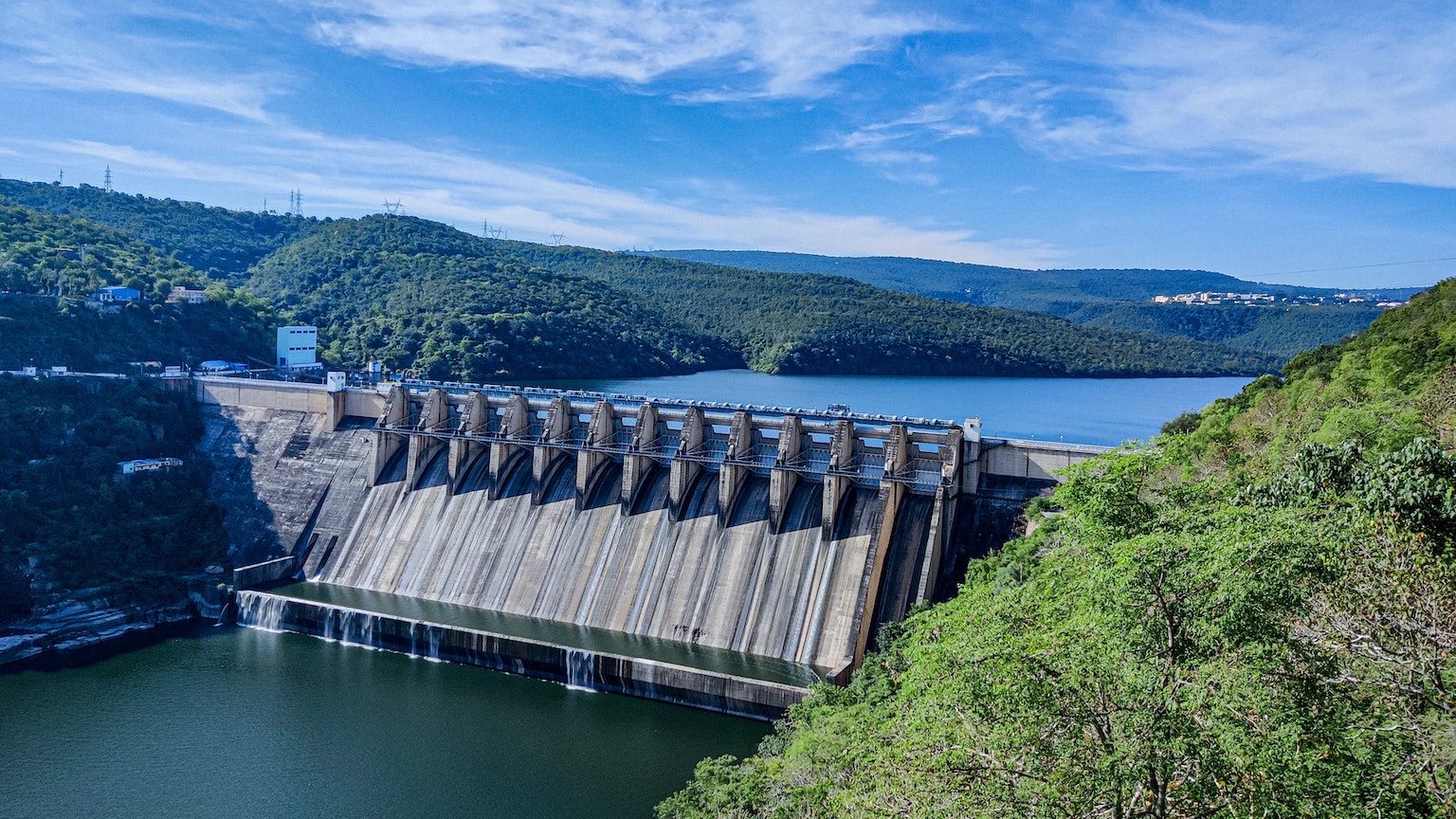India Could Achieve 33% Tree Cover with New Plan

India is one of the world’s most populous nations, and also a site of great controversy when it comes to natural resources. According to one source, the country has more environmental conflict than any other place in the world. But the government is hoping to change that with a recent big step.
The Minister of Environment, Forests, and Climate Change announced that India will spend $6.2 billion to build new forests. The outpouring of money will be an attempt for India to achieve its goal of 33% tree cover, which would represent a carbon sink of 2.5 billion tons. A carbon sink is “anything that absorbs more carbon than it releases,” though it’s important to note that how much carbon a forest absorbs can change depending on various factors, such as the weather. As such, it’s pretty difficult to estimate what the overall impact of the new forest development would be.
However, we do know that trees do a lot of good when it comes to energy costs. Placing trees around buildings, for example, can make a 30% reduction in the need for air conditioning, and the effect of one young, healthy tree has been equated with that of 10 air conditioning units going 20 hours a day. As a whole, 100 million mature trees growing around homes in the U.S. would save a collective $2 billion per year in energy costs. With those kinds of stats, it seems as though trees will have a huge role to play as climate change and development both continue.
But not everyone is impressed by India’s latest announcement. Corruption is a concern for some people, who say that forestry officials sometimes burn down their own reforestation efforts when they fear they are not close enough to meeting a given target and they need a backup plan. Others wonder how the government will handle the reality of people who live on, or make a living off of, land that would be reappropriated for forest cultivation.
The politics could certainly get messy, and the situation brings up questions of the current good vs. the long-term good. However, given India’s large population and energy needs, spending additional money on trees to go somewhere probably isn’t such a bad idea.





